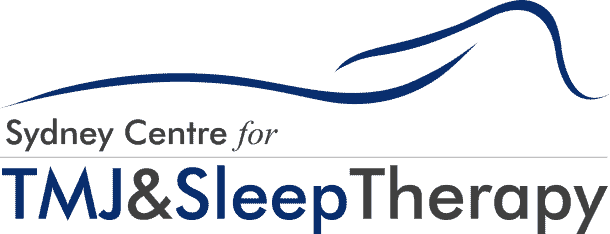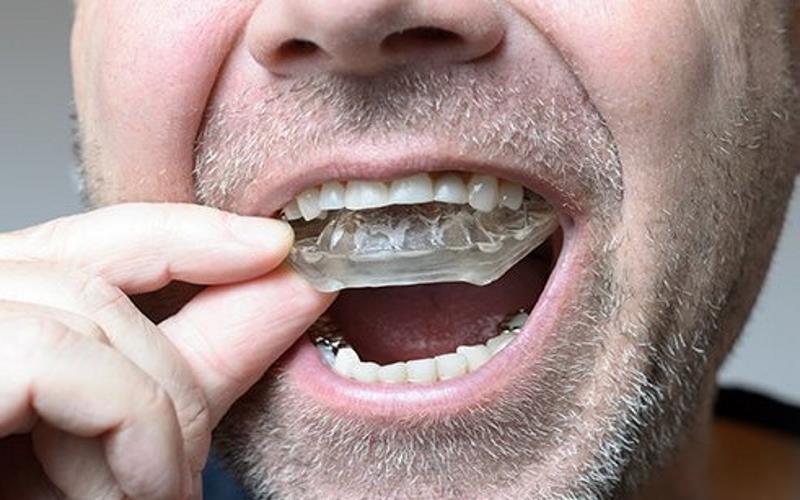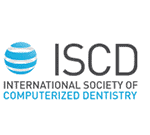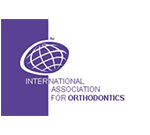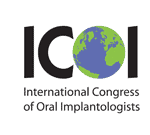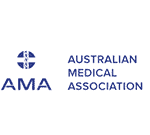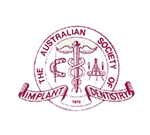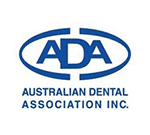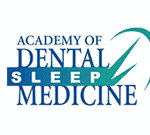Do you experience soreness and tightness on your jaw and facial muscles when you wake up in the morning? Do you suffer from headaches and pain around the ear and neck area? Does your jaw make a clicking sound? If you answered yes, then you may be suffering from Temporomandibular Joint Disorder, also known as TMJ. And depending on the severity of your condition, it may get worse and make chewing, speaking, and yawning painful. This is why knowing how to relax your jaw is extremely important.
Quick notes about your jaw
The jaw joint (or temporomandibular joint) is similar to the one you have on your shoulder – it’s a ball-and-socket joint that is surrounded by muscles and cartilage that allows and controls movements. The jaw joint allows closing, opening, moving side to side, chewing, or yawning.
While the exact cause of TMJ disorder is difficult to pinpoint (as it is often caused by a combination of different factors), many who experience jaw pain habitually and unconsciously clench their jaw and grind their teeth, especially during sleep – also known as bruxism. This causes too much stress and wear and tear on the jaw muscles, which leads to soreness. Other causes of TMJ can be attributed to genetics, physical injury, infections caused by inflammation or autoimmune disease, osteoarthritis, and rheumatoid arthritis.
While there are no specific treatments and medications to keep you from clenching your jaw and grinding your teeth at night, there are certain ways that can help provide relief from pain aches caused by TMJ.
How to relax your jaw
- Jaw exercises to relieve tightness and pain
These exercises can provide short-term pain relief from TMJ.
Chin Tucks
This is exactly what it sounds like – tuck your chin to your neck while keeping your chest up and shoulders back. You are basically making a “double chin” here.
Hold this position for 3 to 5 seconds and then relax back to the starting position. Repeat 10 times.
Manual jaw-opening
Perform mouth-opening and closing movements multiple times as you warm up. Then, place your index, middle, and ring finger on top of your bottom teeth and slowly pull down the jaw until you feel it stretch with minor discomfort on your jaw. Hold this position for about 30 seconds before releasing your jaw back to the starting position.
Perform this, stretch three times and work your way up to 10 to 12 repetitions.
Relaxed Jaw
Softly press your tongue on the top part of your mouth, behind your upper front teeth. Open your mouth slightly and allow upper and lower teeth to come apart as you relax your jaw muscles.
Use this position each time you feel your jaw muscles are tensed up. Do not force your tongue to push your upper teeth. This should be a relaxing position.
Jaw Joint Stretch
This will help stretch your jaw and neck muscles.
To do this stretch, press your tongue gently to the roof of your mouth, behind your top front teeth. Do not touch your teeth with your mouth though.
Then, open your mouth slowly and as wide as possible. Hold that position for five to ten seconds and then close your mouth back.
Stop where you feel some discomfort. You can repeat this stretch ten times, but make sure you do not do it if it causes you pain.
Smile Stretch
Smile as wide as possible, but make sure you don’t feel any tightness or pain. As you smile, open your jaw slowly for about two inches. Inhale through your mouth deeply, then exhale as you let go of your smile. This can help relax your upper and lower jaw, facial muscles, and neck.
Goldfish Exercise
There are two variations of this exercise: Partial and Full Opening
- Partial opening variation – Press your tongue to the roof of your mouth and then place your index finger in front of your ear where the jaw joint is located. Then, place the other index finger of your other hand on your chin. Press your finger to drop your jaw halfway. Then, close your mouth. You should feel some mild resistance, but it should never be painful. Perform this exercise six times; that is round one. You can do up to six rounds per day.
- Full opening variation – Perform the same exercise above, however, instead of partially opening your mouth with your index finger, use it to completely open your mouth, down and back up. Again, you can perform this exercise six times, which is one round. Do six rounds per day to strengthen your jaw.
Resisted Mouth Movement
Like the one above, there are also two variations for this exercise: opening of the mouth and closing of the mouth.
- Resisted opening – Place one thumb directly under your chin and then open your mouth slowly. Your thumb should be pressing gently to your chin to provide resistance.
- Resisted closing – Squeeze your chin by pressing both your index finger and thumb as you try to open your mouth and drop your jaw down. The fingers should provide gentle resistance to your jaw.
Both of these variations can help develop and strengthen the muscles around the jaw joint.
Use Mouth Guards
Mouth guards are pretty versatile, and they come with tons of benefits for dealing with various jaw problems, whether its tightness caused by excessive teeth grinding and jaw clenching as you sleep, or other conditions that cause pain in your jaw joint. Obviously, each type of mouth guard is specifically designed for a specific purpose, and molded to perfectly fit the mouth of its user.
For a tight jaw, for example, you can visit your dentist and ask for an appropriate mouth guard.
If your doctor senses you’re grinding your teeth at night, then you may be prescribed with a custom-made mouth guard to provide cushion between your upper and lower sets of teeth and minimize the stress caused by clenching your jaw and grinding teeth.
There is also a mouth guard especially designed for joint and structural disorders of the mouth, such as overbite, underbite, etc.
Depending on the condition, these mouth guards must be worn 24 hours a day for a couple of months, or even years.
Massage
Knowing how to relax your jaw is not rocket science. Probably the oldest, tested and proven and trusted way to help you alleviate the painful symptoms is to get a good old-fashioned facial massage.
Massages help improve muscle tightness and encourage better blood flow. With facial massage for example, the muscles around your ears and at the temporomandibular joint are massaged in a circular motion to give a good and quick relief from the pain.
These exercises and quick solutions can provide quick and short relief for tight and painful jaws. If your goal is to live a happy and pain free life, then it would be best to consult your doctor or dentist and have the problem addressed head on.
